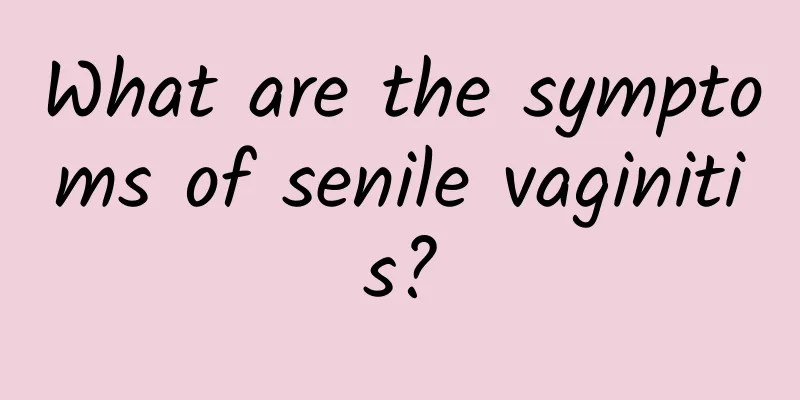What tests are done to diagnose sinus atresia?

|
The diagnosis of sinus atresia requires a comprehensive assessment based on imaging studies such as CT or MRI, combined with clinical symptoms and nasal endoscopy. Treatments include medication, surgery, and nasal irrigation. 1. Imaging examination: CT scan is the preferred method for diagnosing sinus atresia, which can clearly show the anatomical structure and lesion range of the sinuses. MRI is superior to CT in soft tissue resolution and is suitable for evaluating inflammation or tumors in the sinuses. Nasal endoscopy can directly observe the lesions of the nasal cavity and sinuses, helping doctors determine the location and degree of atresia. 2. Clinical symptoms: Patients with sinus atresia often present with symptoms such as nasal congestion, purulent nasal discharge, headache, and decreased sense of smell. The doctor will make a preliminary diagnosis based on the patient's medical history and symptoms, and confirm the diagnosis based on the results of imaging examinations. 3. Drug treatment: For mild sinus atresia, drug treatment is the first choice. Commonly used drugs include antibiotics, anti-inflammatory drugs and nasal sprays. Antibiotics are used to control infection, anti-inflammatory drugs reduce inflammatory response, and nasal sprays help relieve nasal congestion symptoms. 4. Surgical treatment: For patients who are ineffective with drug treatment or whose condition is serious, surgical treatment is necessary. Common surgical methods include sinus opening, sinuplasty and sinus resection. Sinus opening improves ventilation and drainage by enlarging the sinus opening; sinuplasty repairs the sinus structure and restores normal function; sinus resection completely removes the diseased tissue to prevent recurrence. 5. Nasal irrigation: Nasal irrigation is an important means of auxiliary treatment. It cleans the nasal cavity with saline or special irrigation solution, reduces secretions and pathogens, and promotes sinus recovery. The diagnosis and treatment of sinus atresia require comprehensive consideration of imaging examinations, clinical symptoms and individualized treatment plans. Early diagnosis and standardized treatment can help improve efficacy and patient quality of life. |
<<: How to treat thin endometrium and premature ovarian failure quickly
>>: Is cervical atrophy and adhesion normal after menopause?
Recommend
Tomatoes are not only anti-aging, they also have 4 unexpected benefits! Nutritionists teach you 3 ways to get the most out of lycopene
Tomatoes are sweet and delicious, with thin and j...
What are the examination items for leucorrhea of vaginitis?
Leucorrhea is a mixture of vaginal mucosal exudat...
Can cervicitis heal itself?
Cervicitis is a disease that needs treatment and ...
What to do with irregular menstruation? 4 ways to check irregular menstruation
Women are called by God to lack creativity and ar...
What are Siwu Granules?
Siwu Granule is a traditional Chinese medicine pr...
Is the Chinese medicine treatment for second-degree cervical erosion effective? How to treat second-degree cervical erosion?
Cervical erosion is the most common gynecological...
There are some tips for losing weight with soy milk: banana and cucumber are more effective
In addition to its health functions of promoting ...
Abnormal leucorrhea is the first symptom of cervical erosion in women
Among many gynecological diseases, cervical erosi...
What are the symptoms of chronic cervicitis?
Chronic cervicitis is one of the many injuries to...
What are the indications for drug treatment of uterine fibroids?
The treatment of uterine fibroids depends on the ...
Body sculpting creates perfect body curves bit by bit (Part 1)
Appreciating beautiful things can bring us joy fr...
The following is an introduction to the classification of chronic cervicitis
"What are the classifications of chronic cer...
The main causes of dysmenorrhea
Many female friends have experienced dysmenorrhea...
What are the signs of ectopic pregnancy?
It is important to know the signs of ectopic preg...
The plant kingdom’s little health helper! 9 benefits of Cissus quadrangularis
Shennong tasted hundreds of herbs, but did he eve...









